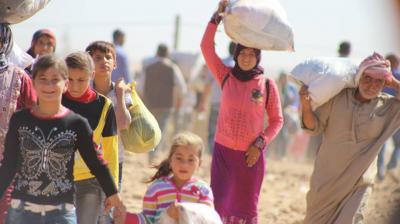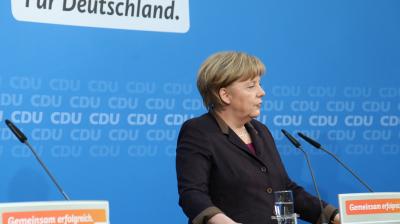Last Sunday, 29 May 2016, three overcrowded ships sank and 700 people were reportedly drowned in the latest tragedy on Europe’s doorstep. The UNHCR recently released a set of appalling figures stating that 9,000 people have died in 30 months along the Central Mediterranean route (Libya, Malta, Italy). So far this year, 14,000 people have been rescued by the Italian authorities, with 12,000 rescued just in the last week. On the North African side, estimates of the number of people waiting to embark on the perilous journey vary from 200,000 to 800,000.
The phenomenon of migration is not new, of course. But the scale has definitely increased over recent years. The decision to migrate is driven by a combination of factors and the flows are extremely complex. Old and new dynamics underlie mixed flows stemming from both Africa and the Middle East.
Along with economic migrants from sub-Saharan countries, post-“Arab Spring” wars in Syria, Yemen and Libya have piled up on existing long-standing conflicts in Afghanistan, Iraq, Sudan, Eritrea and Somalia.
In Africa, the war in Libya and the resulting conflict in Mali have created new patterns. The traditional routes are currently shifting due to Algeria’s closed borders, the war in Mali and the enhancement of controls in Morocco, which have provoked a congestion in the desert town of Agadez. The lack of central authority in Libya has literally opened the way to mass migration by sea along the Central Mediterranean route. Migrant smuggling and human trafficking have thus become a real business for armed groups, terrorist organizations, corrupt officials and impoverished communities. In the Middle East, the war in Syria has put enormous pressure on its already crowded neighbours (Lebanon, Turkey and Jordan). The recent closure of both the Western Balkans (Hungary) and the Eastern Mediterranean (Greece/Aegean Sea) routes will trigger a new series of consequences. It is indeed foreseeable that the deadly Central Mediterranean route will probably be the preferred one or new routes will open up.
What is certain is that the phenomenon of migration is unavoidable. On the contrary, it will be a lasting phenomenon that will test public perceptions of European governments both abroad and during domestic elections.
The solutions adopted so far by the European Union are simply incapable of stemming the flows, both immediately and in the long-term.
Firstly, Operation Sophia in the Mediterranean aimed at disrupting the smuggling networks is extremely underfunded (11.82 million euros for the entire year-long mandate) and as yet it cannot operate in Libyan waters.
Secondly, striking controversial deals with other countries and pouring money into containing migration in the areas of origin or transit might prove counterproductive. For instance, the deal with Turkey according to which Greece can return “all new irregular migrants” arriving after 20 March 2016 to Turkey presents enormous legal and logistical problems. Or the promised $112 million aid package to Sudan “to address root causes of irregular migration and forced displacement”, which overlooks the fact that Sudan also produces its own migrants, has a poor human rights record and a government that actively obstructs the work of the international community.
Summer is coming and with it the unabated flows of people that will not be stopped by any deal or wall, or even the prospect of death.





